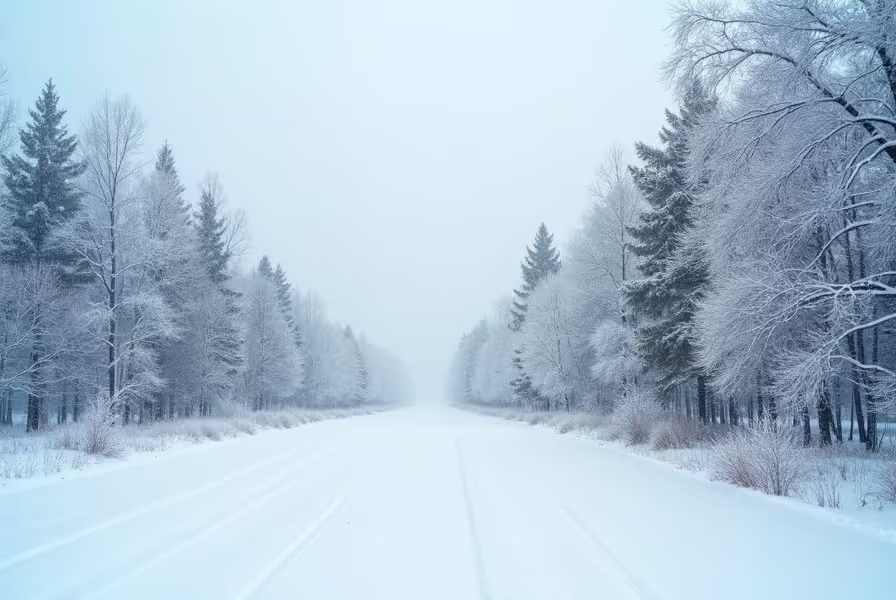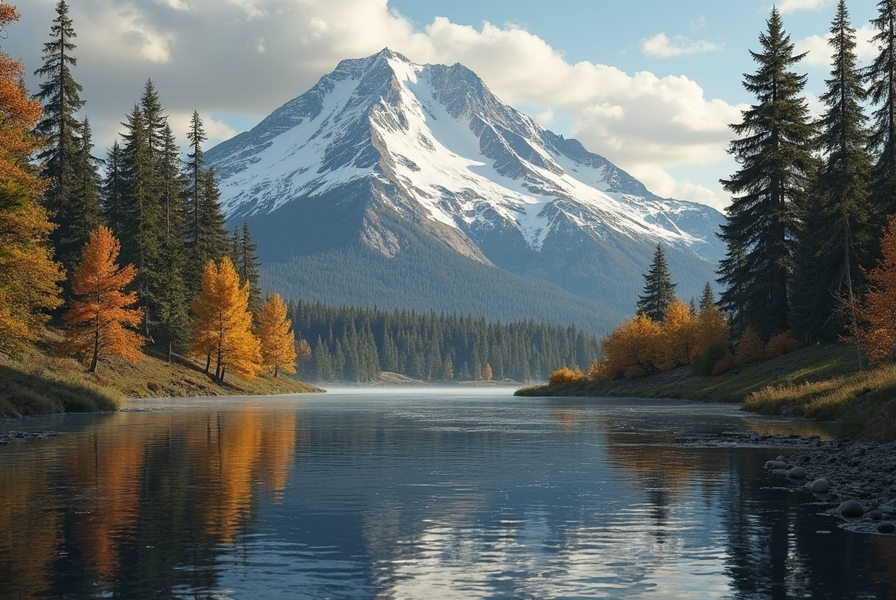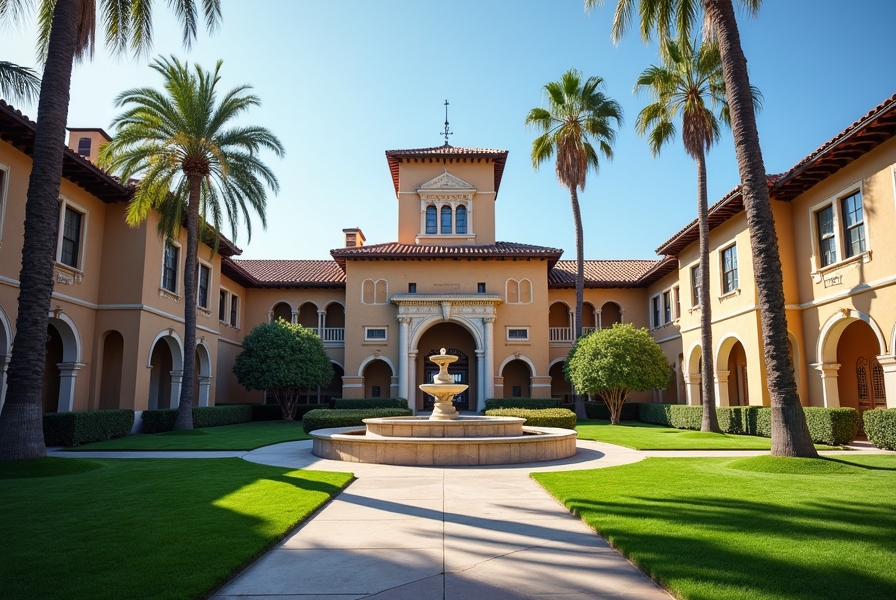Understanding Montana's Snowy Seasons
Montana experiences a wide range of weather conditions due to its diverse geography. If you're wondering, "Does it snow in Montana?" the answer is yes—Montana gets significant snowfall. In fact, it's known for its cold winters and snowy mountain regions.
Whether you’re visiting for winter sports or considering moving, it’s important to understand when and where it snows. Snowfall varies across the state, influenced by mountain ranges, elevation, and regional climate differences.
Montana's Climate and Regional Weather Differences
Montana has several climate types due to its large size and diverse elevation. The overall climate is continental, which means cold winters and warm summers. But snow levels depend heavily on the region you're in.
Here’s a breakdown of Montana's major climate regions:
- Western Montana: High snowfall due to the Rocky Mountains. This region includes Missoula and Kalispell.
- Central Montana: Moderate snowfall with colder winter temperatures. Cities like Great Falls belong here.
- Eastern Montana: Drier and colder with less snow overall. This region includes Miles City and Glendive.
Elevations range from below 2,000 feet to above 10,000 feet, which also affects snowfall amounts throughout the state.
Average Snowfall Totals by Location
Different areas in Montana receive vastly different snowfall totals. Elevation, proximity to mountain ranges, and prevailing winds all play a role. Here's what you can typically expect:
- Bozeman: Around 80 inches of snow annually.
- Helena: Receives 35–45 inches each year.
- Missoula: Averages about 40–50 inches per season.
- West Yellowstone: Over 150 inches annually due to high elevation and proximity to mountains.
- Billings: Receives around 55 inches a year.
- Whitefish (near Glacier National Park): Over 300 inches in mountainous areas.
In mountain resorts and higher elevations, totals may exceed 400 inches during heavy snow years.
When Is Snow Season in Montana?
Montana's snow season begins in late October and often lasts through April. In high elevations, snow can fall as early as September and last until June.
Here’s what you can expect by season:
- Fall (October–November): Light to moderate snow begins, especially in mountains.
- Winter (December–February): Peak snow season with frequent, heavy snowstorms.
- Spring (March–April): Snow continues in mountainous regions, especially into April.
Snow duration and depth vary, but in cities like Helena and Great Falls, snow may stick around for several days to weeks at a time.
How Snow Impacts Daily Life in Montana
Montanans are well-prepared for snow. From transportation to recreation, winter weather is a way of life. Roads are plowed regularly, and people use snow tires or chains when necessary.
Here’s how snow influences local life:
- Many residents enjoy winter sports like skiing, snowboarding, ice fishing, and snowmobiling.
- Schools sometimes have snow days, especially during storms.
- Heating systems and winter clothes are essential during the colder months.
- Snow removal is routine for businesses and homeowners alike.
Despite the challenges, snow creates beautiful scenery and offers outdoor fun for individuals and families.
Which Areas in Montana Get the Most Snow?
Western Montana receives the most snow overall. The Rocky Mountains and Glacier National Park typically see the highest snowfall amounts. Resort towns, including Big Sky and Whitefish, can receive over 300 inches yearly.
Areas around:
- Cooke City and West Yellowstone often top snow charts.
- Laurel Highlands and high plateaus see heavy and prolonged snowfall.
Lower-elevation regions, like parts of Eastern Montana, see less consistent snow cover but still experience strong winter storms with wind-driven snow.
What’s the Coldest Month in Montana?
January is typically the coldest month. Average lows range between 0°F and 20°F, depending on location. Mountain valleys can get even colder due to cold air pooling overnight.
Sub-zero temperatures are common, especially in Eastern Montana. Wind chills can push perceived temperatures even lower.
What Months Get the Most Snow in Montana?
December and January are the snowiest months for most areas. February can also bring heavy snowfall. In mountain regions, March often sees significant snow due to late winter storms.
Monthly averages include:
- December: 10–25 inches depending on location
- January: Consistent accumulation and snow cover
- March: Still snowy in high elevations, though lower areas begin to thaw
Storm cycles during these months can drop several inches in just a day or two.
Frequently Asked Questions About Snow in Montana
Is Montana good for skiing and snowboarding?
Yes. Montana has world-class ski resorts like Big Sky, Bridger Bowl, and Whitefish Mountain Resort. These resorts get heavy snow and offer terrain for all skill levels.
Does it snow in Montana in the summer?
While rare, snow can fall in high elevations like Glacier National Park even in June or early July. These are usually light flurries and don't last.
Do people drive in the snow in Montana?
Yes. Locals are accustomed to driving in snowy weather. Many use snow tires, all-wheel-drive vehicles, and follow snow safety practices.
Is snow heavier in mountainous or flat areas?
Mountainous regions receive much more snow than flat areas. Mountains produce more precipitation and colder temperatures, making snow more frequent and deeper.
How should I prepare for Montana winter travel?
Pack warm layers, snow boots, gloves, and travel with emergency supplies. Check road conditions and carry tire chains or a winter-ready vehicle.
Final Thoughts on Montana's Snowfall
Snow is a defining feature of Montana weather, especially in the higher elevations. Whether you're exploring National Parks in winter or heading to a ski resort, snow in Montana offers beauty and recreational opportunities.
If you're planning to live in or visit Montana during the colder months, prepare for snowy roads, colder temperatures, and breathtaking winter landscapes. Embrace the season with the right gear and mindset, and you’ll find the snow to be one of Montana’s greatest natural treasures.











.svg)



